Smart Review: Google AI Experiments
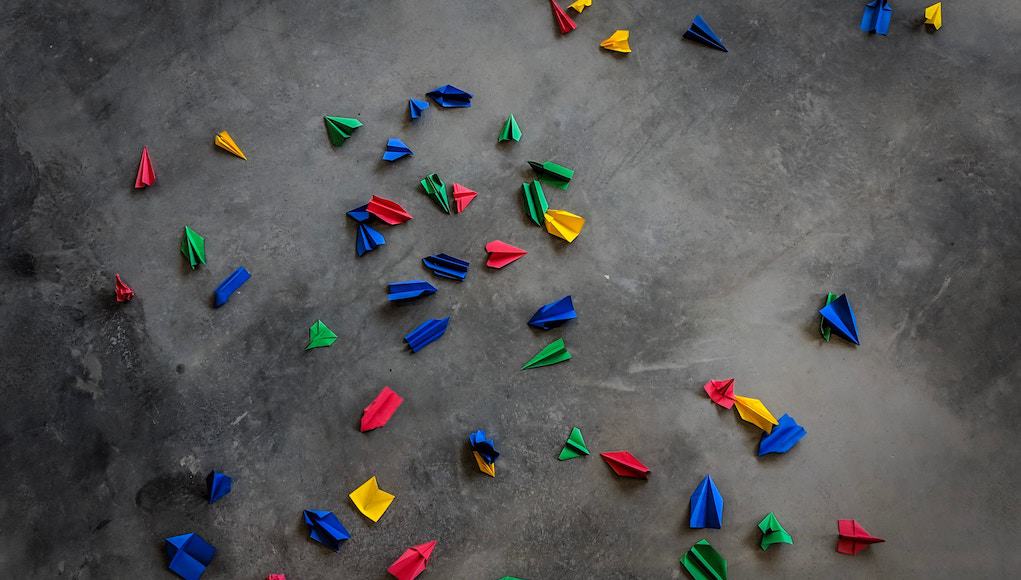
By: Louis Aglio and Dr. Justin Aglio
Artificial Intelligence is now one of the fastest-growing and most needed educational initiatives in the world. With that being said, schools are researching and adapting AI programs to meet the needs of students. One of the latest programs available to educators and students in the classroom is Google AI Experiments.

In April of 2019, we (Louis and Justin) had the privilege of traveling to Google’s New York City Chelsea office space. Louis was invited by Barron Webster, Google Creative Lab Designer, to present his sixth-grade science fair project to the Experiments with Google team. Louis’ science fair project focused on the Google AI Experiment, Teachable Machines.
Fast-forward to today, Louis is still “playing” with different Google AI Experiments. Below are just some of the Google AI Experiments that were tested and reviewed by Louis:
Teachable Machine
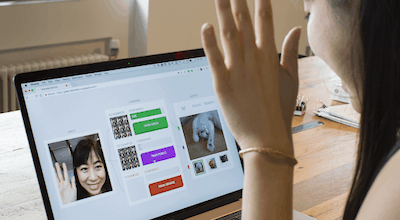
Teachable Machine is an experiment in which you take pictures of an object or yourself. Then, after the machine or computer gain confidence, it will try to guess what pose you are doing by showing that image’s recognition gif or sound, or output. I learned how AI can recognize people or objects in different ways.
Quick, Draw!
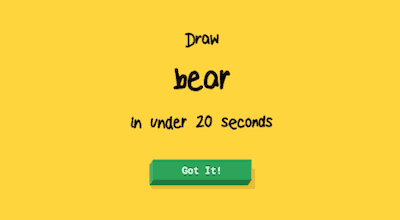
Quick, Draw! is a game that tells you what to draw and then it tries to guess what it is as you draw within 20 seconds. I learned that AI can identify or learn to identify like humans.
Sketch-RNN Demos
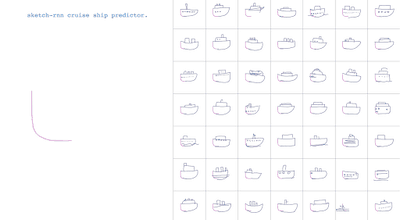
Sketch-RNN Demos is a game that tells you to draw and the AI tries to guess what the next step is in your drawing by using other drawings before yours. I learned that AI can help guess people’s drawings and be very predictive based on other data sources.
Semiconductor
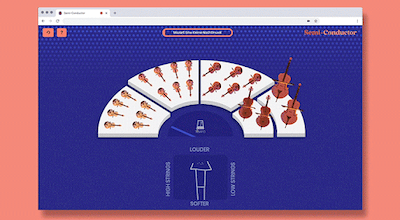
Semi-Conductor is a game that allows you to conduct an orchestra by moving your arms in different directions—this was a lot of fun! I learned that I can manipulate a computer through my physical motions to control the outcomes.
Teachable Snake
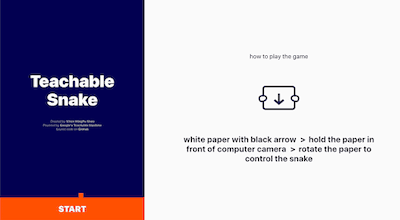
Teachable Snake allows you to control a dot on the screen by a white piece of paper with a black arrow on it. I learned that AI can recognize objects in different poses to move the objective.
Body, Movement, Language: AI Sketches With Bill T. Jones
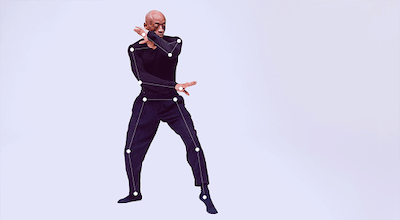
Body, Movement, Language: AI sketches with Bill T. Jones is a game where Bill T. Jones gives poses and you have to do the pose that he is doing. I learned that AI is able to read people and their positions.
Rock Paper Scissors Machine
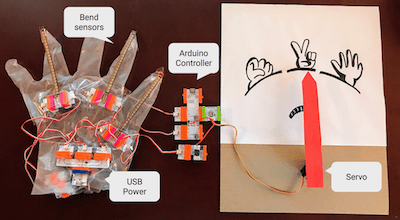
Rock Paper Scissors Machine is a machine that senses whenever your hands move into a rock, scissors or paper sign. It then goes into the winning pose. I learned AI can sense when your hands move.
Cartoonify
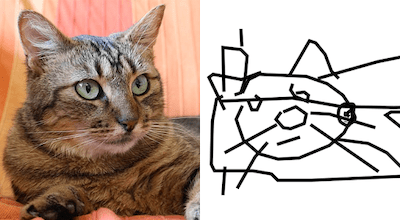
Cartoonify is an experiment that allows you to upload a picture and then it will try to draw for you. I learned that it is able to take other pictures I’ve seen and try to combine them to help draw your picture.
Google AI Experiments is a fun and creative way to learn basic AI skills. It is not intimidating to use and we would recommend it for as young as age five to 110 years old! We also enjoy that the creators are always pushing new content and creating AI Experiments with the average user in mind. If educators are interested in incorporating AI Experiments into their classroom, we encourage educators to find two or three age-appropriate AI Experiments and have students pick one experiment and have them share their experiences.
In summary, we would like everyone to think for a moment. We want you to ponder over the fact that a twelve-year-old who likes to play guitar, enjoys bike riding and playing video games, is learning about artificial intelligence. Not just learning about AI, but is having fun, playing and laughing about learning AI. This playful learning experience is exactly the intention of the Experiments with Google team, taking somewhat complicated ideas or topics and making them relatable to everyone. Dear Experiments with Google team…thank you!
“Play is often talked about as if it were a relief from serious learning. But for children play is serious learning. Play is really the work of childhood.” – Fred Rogers
For more, see:
- Teaching Students about AI
- Getting Started with AI: Resources For You and Your Community
- Reading List: Nine Smart Books on Artificial Intelligence
Stay in-the-know with innovations in learning by signing up for the weekly Smart Update.
Louis Aglio is a middle school student currently in seventh grade in the Canon-McMillan School District (@canon_mac).




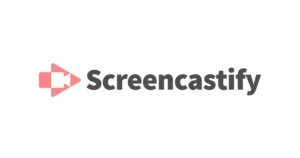
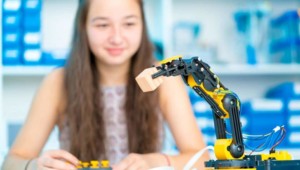


0 Comments
Leave a Comment
Your email address will not be published. All fields are required.